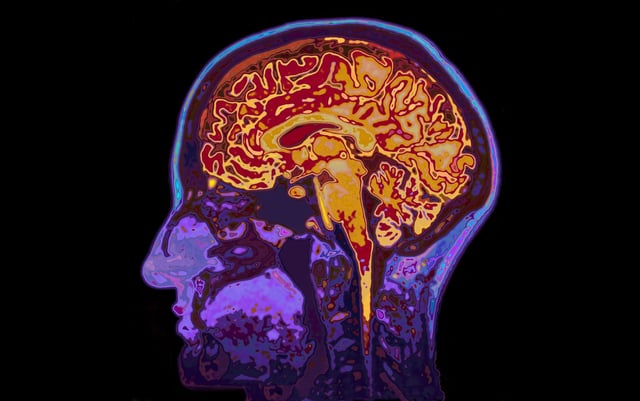Overview
- Neural anticipation of sickness cues in immersive VR activates peripersonal space and salience networks to mobilize innate immune defenses before any pathogen exposure.
- Exposure to infectious avatars led to shifts in innate lymphoid cell frequencies and activation patterns mirroring those observed after influenza vaccination.
- fMRI and dynamic causal modeling pinpointed anticipatory responses in intraparietal sulcus, premotor cortex, anterior cingulate, and medial prefrontal areas with altered hypothalamic connectivity.
- The anticipatory neuro-immune mechanism proved specific to infection cues and did not occur with neutral or fearful avatars, demonstrating pathogen-specific sensitivity.
- Researchers are expanding immune profiling to additional cell types and have begun trials testing VR-based priming approaches to enhance vaccine efficacy across diverse populations.



